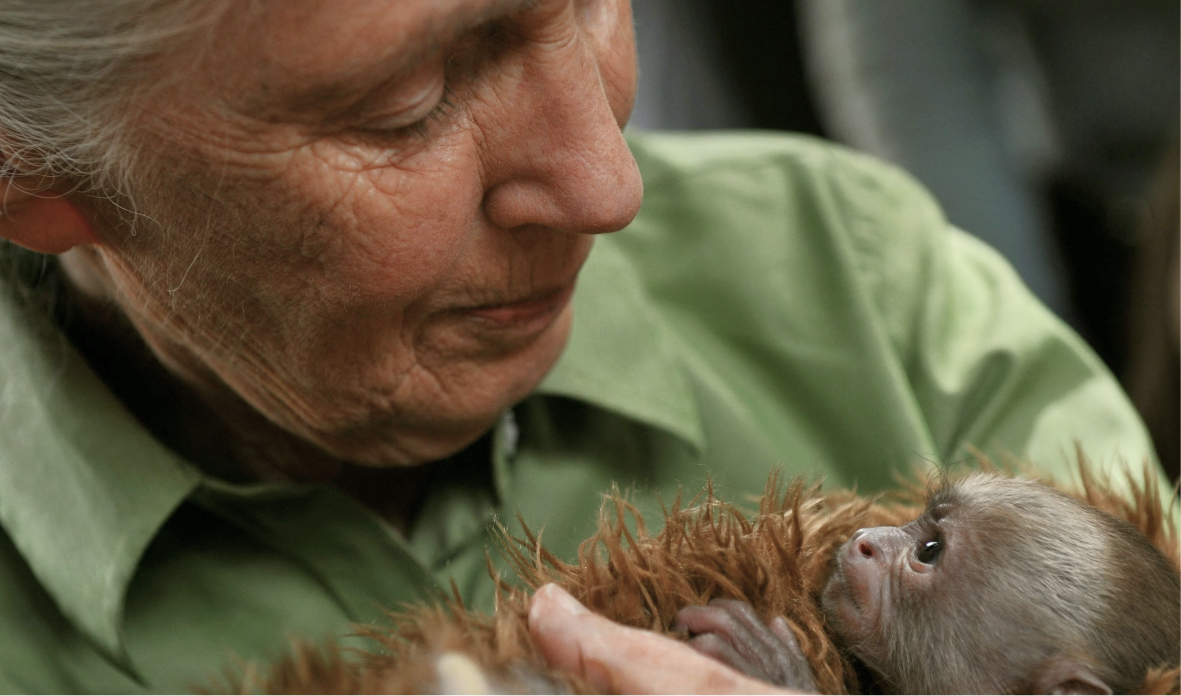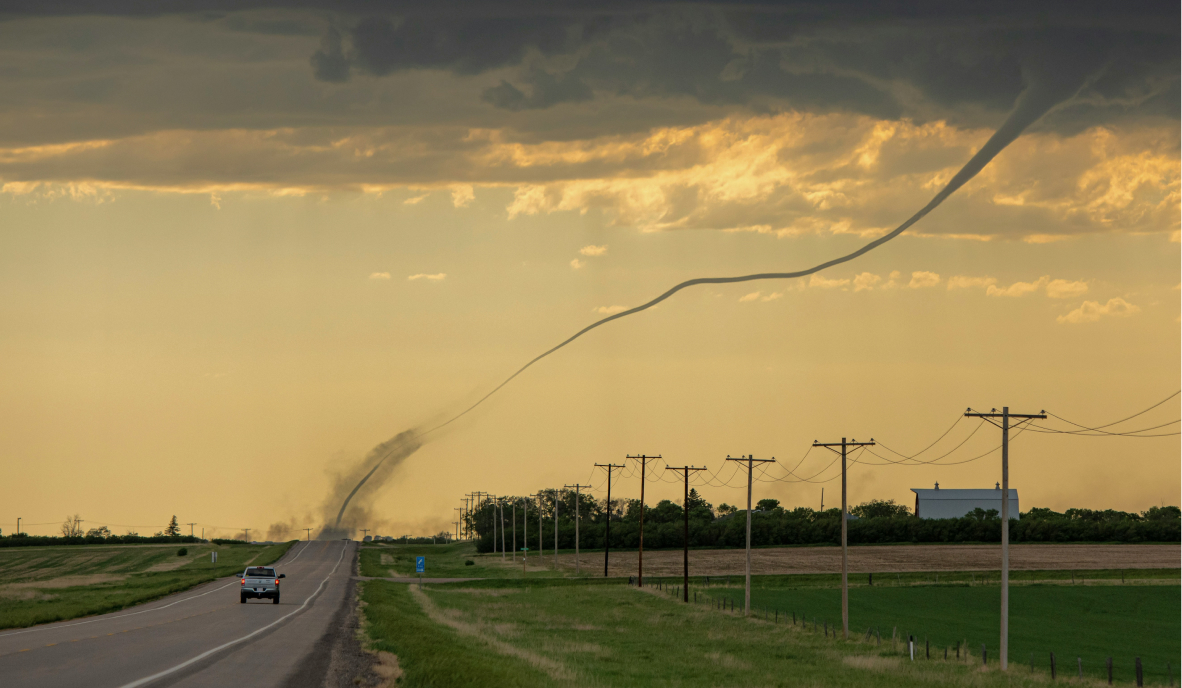How the Meat Industry is Driving Deforestation

Forests cover 30% of the world’s total land and are critical in maintaining Earth’s ecosystem. The trees, plants, and soil in these forests help in mitigating climate change by trapping enormous amounts of carbon dioxide from the air.
The forests also help in managing the water cycle, the process by which water circulates between the planet and the atmosphere.
Rainforests, such as the Amazon Rainforest are also home to millions of species. 15% of all bird and butterfly species on Earth live in the Amazon, and over a dozen animals in the Amazon, such as the pink river dolphin and the San Martin titi monkey, don’t live anywhere else.
Deforestation increases greenhouse gas emissions, disrupts the water cycle, and puts millions of species at risk.
Our meat production is the leading cause of deforestation.
{{cta-join2}}
What is deforestation?
Deforestation refers to the permanent destruction of forests. Humans clear forests to make space for things like agricultural development or housing or to extract lumber and other resources.
We’ve been clearing forests happening for thousands of years, but in the last few centuries, the rate of deforestation has escalated.
Humans destroy around 10 million hectares of forest, or 15.3 billion trees, every year.
95% of this deforestation happens in tropical regions and one-third is in Brazil's Amazon Rainforest.
Now the majority of this deforested land is used for agriculture.
Agriculture and deforestation
We use 49% of agricultural land for growing crops and 38% for livestock grazing. But here’s a caveat. We grow a lot of these crops, like soy, mainly to feed the grazing livestock. Livestock eats up 80% of the world's soy production.
So, if we count the cropland for livestock feed, meat production actually uses 77% of agricultural land.
Beef production is the main culprit of deforestation, accounting for at least 41% of deforestation globally, especially in the Amazon rainforest region of Brazil and other countries in Latin America.
As our appetite for meat and beef grows, so does the pressure on our forests.
How to reduce deforestation
One of the most effective ways to fight deforestation is to implement policies that restrict or stop it altogether. Brazil, for example, has seen a dramatic reduction in deforestation since 2019 when Luiz Inacio Lula da Silva assumed the presidency.
He tripled the budget of the country’s environmental enforcement agency. He also increased surveillance in the Amazon to catch illegal deforesters and launched raids on illegal deforestation operations.
Banks can also play a big role here. A report found that between 2015 and 2022, banks provided the world’s top 55 industrial livestock companies with an average annual credit injection of $77bn. This included big banks such as Bank of America, Barclays, and JP Morgan Chase. If banks stop investing in livestock, these companies would find it hard to finance their operations, leading to lower production and higher prices.
At an individual level, we can reduce the amount of beef, dairy, and other animal products in our diet to prevent deforestation.
Join the community

















